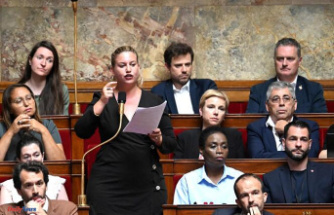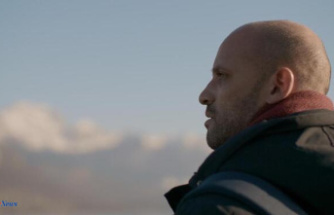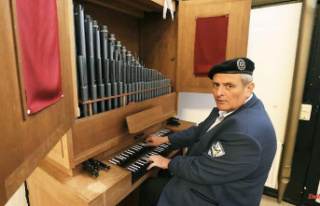Are you also too warm? On really warm summer days, there is actually only one way to keep the living space halfway cool: you have to darken it. But what is best?
There is a limit where the nice summer heat becomes a burden. And in living spaces, this can be achieved quickly, depending on the location. You can heat up to sauna strength even at moderate outside temperatures from direct sunlight.
The best solution: Darken the windows so that the sun's heat can no longer get in. But do you have to sit completely in the dark and switch on the artificial light on the most beautiful summer days? Experts evaluate the various sun protection and shading solutions:
External blinds and shutters
Graduate engineer Peter Schick from the Stiftung Warentest recommends solutions that are mounted from the outside in front of the window. "Everything in front of the window keeps the heat from even reaching the living area. And heat that is not in the room in the first place does not have to be cooled out again with great effort." The figures speak for themselves: the various systems that are attached to the outside of the window can absorb 60 to 75 percent of the sun's rays. Internal variants only manage up to a third.
Peter Schick's choice are external blinds with rotatable and movable slats. Depending on the intensity of the sunlight, you can let more or less light into the room. Some models have sensors that regulate this automatically or that can be used to regulate the settings with an app on the smart home.
The protective effect of roller shutters is also as good as that of external blinds. Heiko Zahl from the association for internal privacy and sun protection focuses on other advantages: "Today, roller shutters are mainly made of durable aluminum and, in addition to shielding the sun's rays, also offer protection against burglars." In addition, the cassette systems of modern roller shutters with their insulation contribute to the insulation of the building.
Disadvantage: They are more expensive than blinds and craftsmen are required for assembly - which causes additional costs.
The problem: tenants cannot simply attach these variants, which are attached to the outside of the windows. The landlord has to agree, explains Julia Wagner from the House Owners' Association
A tip for tenants who are particularly suffering: landlords are always under obligation when their buildings without effective sun protection get so hot that they can no longer be used for residential purposes. "Unfortunately, the courts do not agree on when this point is reached," says Wagner. In the individual case decisions made so far, the range of reasonable temperatures is between 26 and 30 degrees. The lawyer advises to seek a conversation with the landlord before a legal dispute.
Interior curtains, blinds, roller blinds and pleated blinds
Although they also reduce solar radiation, they are not as effective at protecting against heat as external protection. Because they only take effect when the sun's rays have already passed through the window panes and can no longer be completely reflected back outside. But they're often the only option renters have. And industry spokesman Heiko Zahl mentions another advantage: "With roller blinds, you can easily regulate the incidence of light when you're working on the computer, for example."
These products are available in different variants, from transparent to opaque to completely darkening. The latter are often recommended for bedrooms and children's rooms, they are also the most effective as a blockade against the heat. Manufacturers often also state what percentage of sunlight the products can block.
One tip from Heiko Zahl is pleated blinds, also known as folding blinds. They can be clamped or glued directly to the window frame with rails in a relatively uncomplicated manner. They are then pulled together or apart like an accordion and can thus be moved up or down. Practical when it comes to letting a little light into the room. According to the figure, honeycomb pleats, in which the double-layered fabric has been welded together like a honeycomb, are particularly effective as heat protection.
sun protection film
A technically mature solution are sun protection films that can be permanently bonded to the window panes. Under optimal conditions, they manage to avoid this in 76 percent of the cases in which the room temperature would have been over 26 degrees without them, says Peter Schick, who was involved in studies on heat protection at Stiftung Warentest. How well this is possible depends on the product in question. Manufacturers often give such a percentage.
These foils consist of different plastic layers, which are coated with metal particles. In this way, a large part of the incoming sunbeams can be reflected before they pass through the windows. In principle, they can also be attached by laypeople, but Warentester Schick recommends a specialist company. "The window pane must be thoroughly cleaned beforehand. Wrinkles and small bubbles can no longer be corrected and impair effectiveness," says the product tester.
There are a number of disadvantages to this high level of effectiveness: The film always remains on the panes - even in winter, when the sun's rays can actually help to heat up the rooms and thus save energy costs. "In addition, the color rendering is changed, since the interior looks as if you are wearing huge sunglasses," reports Schick.












